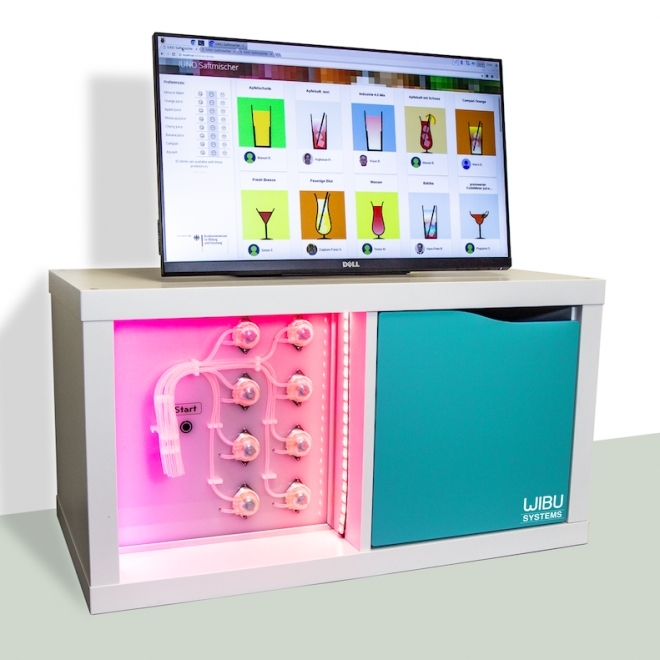Overview
 |
Mass Customization |
Applicable Industries
Applicable Functions
Case Studies
Business Viewpoint
|
What is the business value of mass customization for organizations? 1. Unique Product As the product is manufactured according to the requirements described by the consumer, the product formed is unique as it is controlled by the consumer. In addition, the entire planning and designing expertise provides customers a way of accomplishment in finishing a product. 2. Elevated Customer Satisfaction Mass customization promotes the formation of the product according to the customer’s desires and needs which increases the likeness of the finished products. 3. Low Inventory Levels It is also beneficial to manufacturers because the product is produced in the amount that is required only so it prevents the wastage of excessive product. 4. High Profitability Higher customer satisfaction results in higher profitability and strengthens business relation with the clients which encourages the consumer to come back time and again.
|
Stakeholder Viewpoint
|
Market Differentiation: Mass customization allows businesses to differentiate themselves in crowded markets by offering personalized products tailored to individual customer preferences. This unique selling proposition enhances brand loyalty and attracts a diverse customer base seeking personalized experiences. Operational Efficiency: While offering customized products, businesses can achieve operational efficiency through flexible manufacturing processes, optimized supply chains, and just-in-time production. By leveraging automation and digital technologies, businesses can streamline operations and reduce lead times, enabling quick turnaround times for customized orders.
|
Technology Viewpoint
|
How can technology drive the next wave of mass customization? The following technologies enable mass customization and are divided into two groups, those that make it easier to create customization value for the consumer and those that control costs for the producer. 1. Social technologies: social media and crowdsourcing pave the way for better customization options by allowing companies to analyze the value that consumers attach to existing or proposed components of current or hypothetical "virtual" products. 2. Online interactive product configurators: they provide a user-friendly and speedy way to gather a consumer's customization preferences. 3. 3D scanning and modeling: collect data that can then be used to construct 3-D digital models. Several companies have created scanning software that gathers exact body measurements in seconds or minutes. 4. Recommendation engines: e-commerce software has for years been able to recommend product choices based on previous selections. Recommendation engines are now moving into customization space by helping customers configure products. 5. Smart algorithms for dynamic pricing: some companies are managing on-demand capacity by using smart algorithms and better data-processing capacity to enable dynamic pricing, thereby reducing the time customers have to wait 6. Enterprise and product software: now there are companies that have developed packaged software that enables tracking of individualized design features in customer orders and their translation into sourcing and production instructions. These tools connect the configurations at the front end with the production and SCM systems. 7. Flexible production systems: these are essential to making small-batch production for mass customization profitable. The advent of 3-D printing is truly changing the way we think of manufacturing. These flexible devices can print objects with materials such as ceramics or metals.
On the horizon, manufacturing, supply chain, and logistics functions will benefit from the broad penetration of digital sensors and smart tags that will offer greater potential for visibility, flexibility, and control of product flows, as well as for automation of tasks that enhance product value. This is the broad trend toward the Internet of Things, which blends sensors, standards-based networks, and smart analytics to enable new information architectures for optimizing production.
|
Data Viewpoint
|
Customers: Customers value mass customization for the ability to personalize products according to their unique preferences, tastes, and requirements. Customization options empower customers to create products that reflect their individuality, resulting in higher satisfaction and engagement with the brand. Designers: Designers play a crucial role in mass customization by creating adaptable product designs that can be easily customized and personalized. They collaborate closely with customers to understand their needs and preferences, translating them into customizable design elements and options. |
Deployment Challenges
|
What are the limits of Mass Customization for companies? 1. It requires a highly flexible production technology: developing such technologies can be expensive and time-consuming. Some processes, moreover, are more flexible and easier to digitize than others. 2. Challenges with supply chains: many companies do not even integrate latest supply-chain management applications like just-in-time inventory and automated planning, which results in lesser flexibility, specificity, and visibility with mass customization. 2. It requires an elaborate system for eliciting customers’ wants and needs: to make something unique for someone requires unique information. Eliciting such information entails, for instance, asking the right questions and taking the right physical measurements. It can be more difficult than it appears. 3. It requires a strong direct-to-customer logistics system: fulfillment is the weak link in much of e-commerce, and the same is true of mass customization. 4. People are not willing to pay to have everything customized: in every case, companies must determine whether there is a potential mass market for custom features. Customers demand variety when they differ sharply in their preferences for certain attributes of a product.
|




